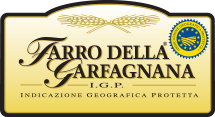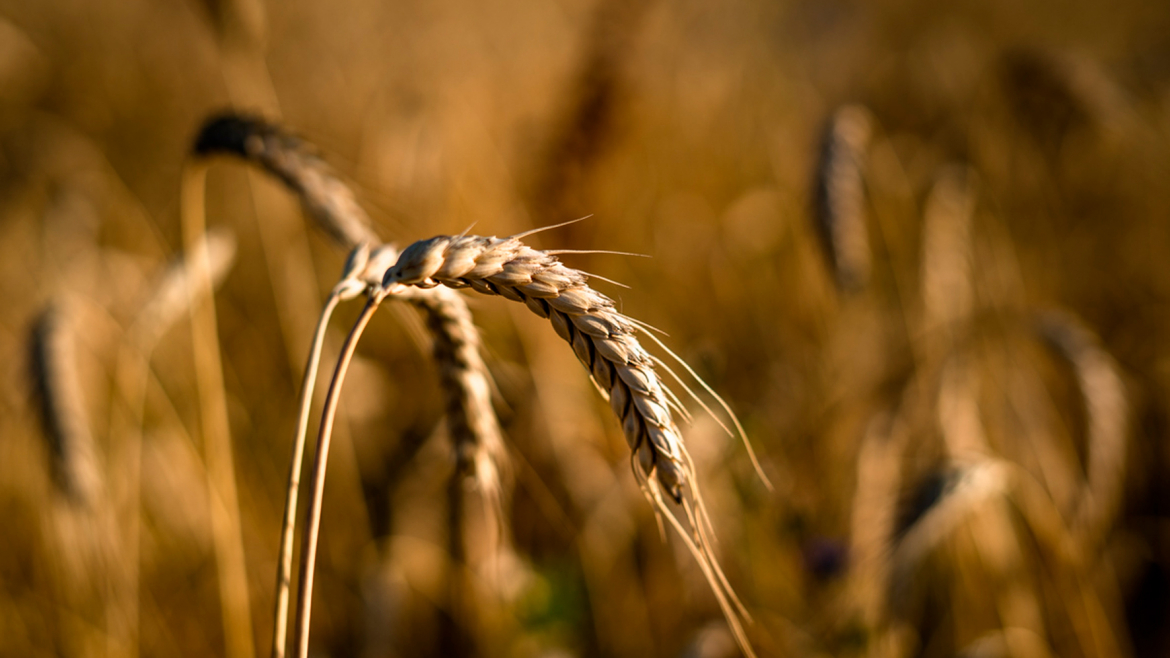Botanical characteristics
Spelt can be considered the progenitor of grains. From a nutritional point of view, it is very similar to soft wheat. It is full of nutrients, which are preserved intact if consumed as whole grains. It has a low percentage of fat and a high content of minerals, copper, potassium, calcium, iron, phosphorus, magnesium, manganese, as well as vitamins A, B, C, E, and insoluble fibre which favours the proper functioning of the intestine.
It adapts to poor soils and altitudes, even beyond 1,000 metres above sea level. The stem can also reach a height of 1.60 metres. The kernel of this grain is “dressed”, meaning it is covered by the glume, the seed coat and the pericarp which, after threshing, must be eliminated through various phases that constitute the so-called pearling.
Particularly suited for osteoporosis and anaemia, spelt can also help fight constipation and intestinal neoplasms. It is a light food, and yet it confers a good amount of carbohydrates.
Average content:
- • Starch: 47.9%,
- • Proteins: 9.4%,
- • Fibre: 4.1%,
- • Fats: 1.9%.
There are three species of spelt in Italy:
- • Small spelt (Triticum Monococcum)
- • Common spelt (Triticum Dicoccum)
- • Large spelt (Spelta Triticum)
Three varieties of Triticum Dicoccum are grown in Garfagnana, which differ in the shape of the head, whose “clothes” may be missing (in the variety called Mutica), be short (in Semi-aristata) or long (in Aristata).


